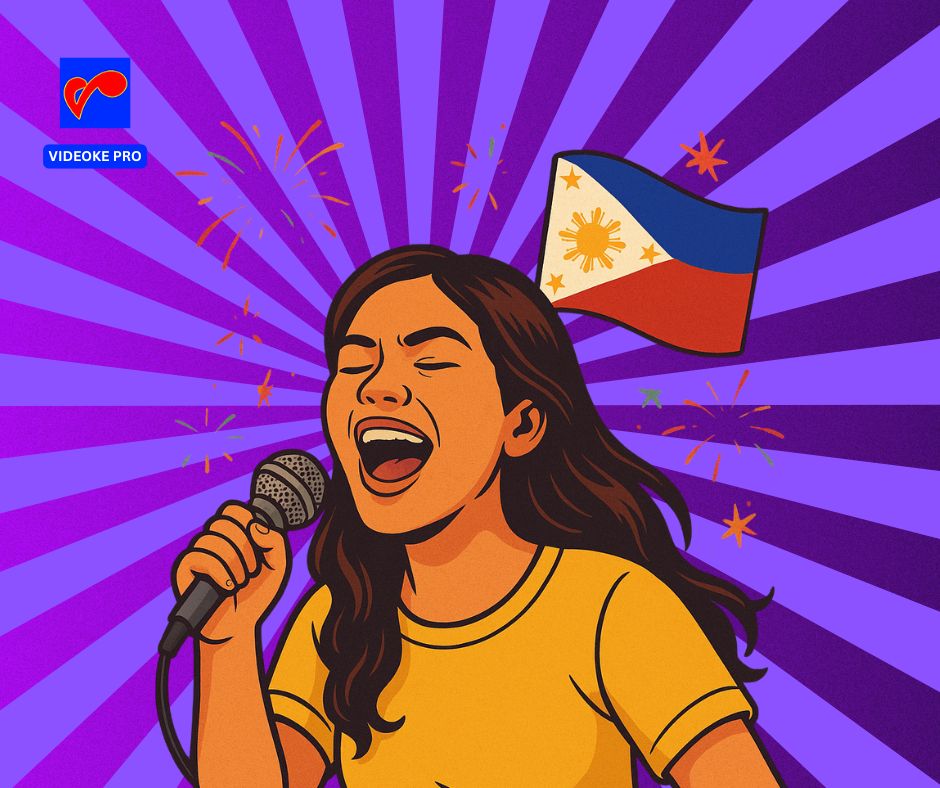Karaoke Culture in the Philippines: More Than Just Singing

In the Philippines, karaoke isn’t just entertainment—it’s a way of life woven into the very fabric of society. Walk through any neighborhood after sunset, and the unmistakable sounds of videoke machines will greet you—laughter mixing with off-key renditions of classic ballads drifting through open windows. This national pastime transforms ordinary moments into celebrations, turning shy individuals into confident performers and strangers into instant friends. Whether it’s a child’s birthday party in a cramped Quezon City apartment, a neighborhood gathering in a provincial barangay, or even the somber atmosphere of a wake in Pampanga, the karaoke machine serves as both entertainer and emotional outlet. I remember one particularly memorable night in a Cebu carinderia where the owner’s daughter, no more than ten years old, brought the house down with her surprisingly powerful rendition of Sharon Cuneta’s “Sana’y Wala Nang Wakas”—proof that the karaoke spirit starts young here.
The Filipino approach to karaoke reveals much about our cultural values. It’s never been about perfect pitch but about shared experience and bayanihan through song. In Makati’s business districts, you’ll find office workers bonding over 90s boy band hits after a stressful week, their neckties loosened as they harmonize to Backstreet Boys. Provincial family reunions transform into impromptu concerts, with titos and titas taking turns belting out Air Supply classics while the younger generation rolls their eyes but eventually joins in. Even the most modest street-side carinderias often have a basic karaoke setup—usually a weathered machine with two microphones where customers can sing while waiting for their tapsilog. My cousin in Bulacan tells me about their local sari-sari store where the videoke machine operates on a honor system—regulars know to drop 20 pesos in the jar for every three songs.
What truly makes our karaoke scene special is its beautifully democratic nature. Unlike formal performances where talent matters most, here the willingness to participate counts far more than skill. The loudest cheers often go to the most enthusiastic rather than the most talented performers. During a recent visit to a Davao karaoke bar, I witnessed a middle-aged man completely butcher the high notes of Journey’s “Faithfully,” only to receive thunderous applause and shouts of “Encore!” from his barkada. This inclusive atmosphere removes the fear of judgment, explaining why even the most tone-deaf tito will confidently tackle Queen’s “Bohemian Rhapsody” after a few rounds of Red Horse.
The social dynamics around the karaoke machine reveal volumes about unspoken Filipino etiquette. There’s always an understood queue system, though close friends might playfully cut in line with a “Pasingit lang!” Song choices become a subtle language—upbeat OPM numbers like “Pinoy Ako” to energize the crowd, emotional ballads like Basil Valdez’s “Ngayon at Kailanman” for late-night reflections. Seasoned karaoke-goers develop a sixth sense for reading the room, instinctively knowing when to avoid mood-killers (no one wants to hear “My Heart Will Go On” at a lively drinking session) or potentially dangerous choices (we all know about the “My Way” incidents in Caloocan bars last year). The machine becomes the evening’s social compass, its playlist dictating the gathering’s emotional rhythm.
Our karaoke culture also serves as a living time capsule of Philippine music history. The most requested songs span generations—from the timeless APO Hiking Society tunes that lolas still request, to modern Moira ballads that millennials tearfully dedicate. These musical choices create unexpected bridges between ages; I’ve seen teenagers in Cavite enthusiastically singing along with their grandparents to Freddie Aguilar’s “Anak,” the lyrics taking on new meaning in their shared performance. The machines themselves tell a story of technological evolution—from the bulky 90s setups with cassette tapes that my uncle used to rent out for parties, to today’s digital systems with thousands of tracks and YouTube-style lyric videos. Yet despite these changes, the core experience remains beautifully consistent—people connecting through music.
This cultural phenomenon has spawned entire micro-economies across the archipelago. In Manila’s university districts, 24-hour karaoke bars cater to students cramming for exams or celebrating after finals. Provincial entrepreneurs have built businesses around portable machine rentals—I recently attended a wedding in Batangas where the videoke setup came complete with a generator and professional-grade speakers. Residential areas have developed unofficial “videoke curfews”—usually 10 PM on weeknights—as a compromise between enthusiasts and sleep-seeking neighbors. Even our humor reflects this obsession, with countless memes about “videoke nanay moments” and the universal experience of being woken up by a neighbor’s 3 AM rendition of “Careless Whisper.”
At its heart, Filipino karaoke culture celebrates raw authenticity over sterile perfection. It’s where jeepney drivers transform into Elvis Presley at a Cubao karaoke bar, where grandmothers in Visayas channel their inner Regine Velasquez during fiestas, and where entire communities find harmony in shared musical moments. The scratched microphones, the pixelated lyrics screens, the occasional feedback screech—these aren’t flaws but essential parts of the experience. In our increasingly digital world where people stare at screens rather than each other, the Philippine videoke tradition keeps alive the simple, messy joy of singing together.
The next time you hear a spirited rendition of Bamboo’s “Tatsulok” echoing through a Pasig sidestreet or a group of construction workers belting out “I Will Survive” during their lunch break, remember you’re witnessing more than just music. You’re seeing a living tradition that captures the Filipino spirit—resilient, joyful, and always ready for “just one more song.” As my lola used to say while adjusting the microphone for her signature performance of “Dahil Sa Iyo,” it’s not about hitting the right notes, but about having the heart to share your voice with others. And in true Filipino fashion, there’s always room for one more singer in the rotation—just don’t forget to pass the mic when your turn is over.